Alex Miller
Alex Miller
Founder & CEO
304 Published Articles
Countries Visited: 34U.S. States Visited: 29
Founder and CEO of Upgraded Points, Alex is a leader in the industry and has earned and redeemed millions of points and miles. He frequently discusses the award travel industry with CNBC, Fox Business...
Edited by: Keri Stooksbury
Keri Stooksbury
Editor-in-Chief
74 Published Articles 3700 Edited Articles
Countries Visited: 54U.S. States Visited: 28
Editing with Upgraded Points for over 6 years, as editor-in-chief, Keri manages the editorial calendar and oversees the efforts of the editing team and over 20 content contributors, reviewing thousand...
![Iconic American Road Trips as Traveled by an EV [2023 Study]](https://upgradedpoints.com/wp-content/uploads/2023/03/graphic-upgradedpoints-evroadtrips-v1_og.png?auto=webp&disable=upscale&width=1200)
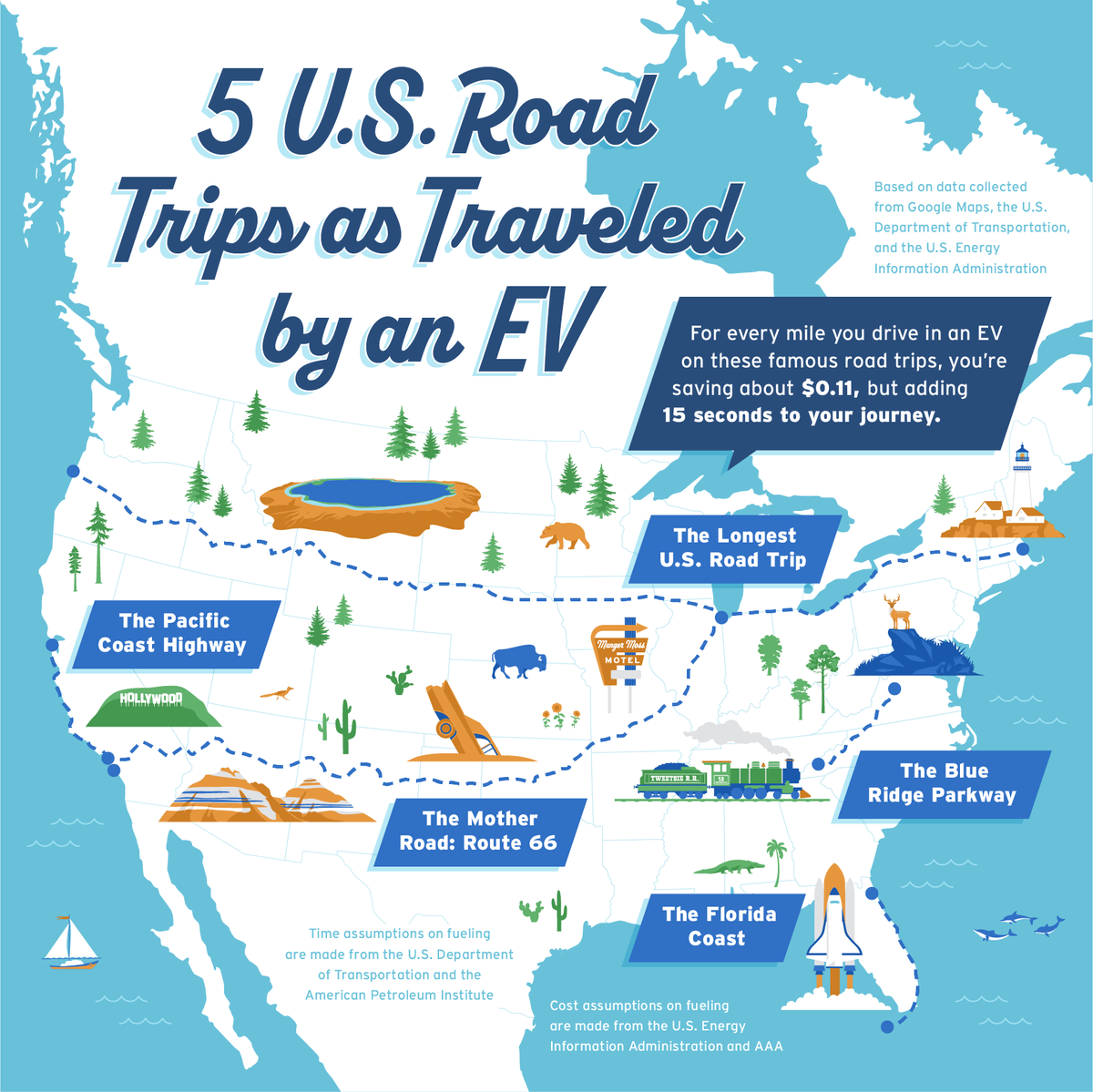
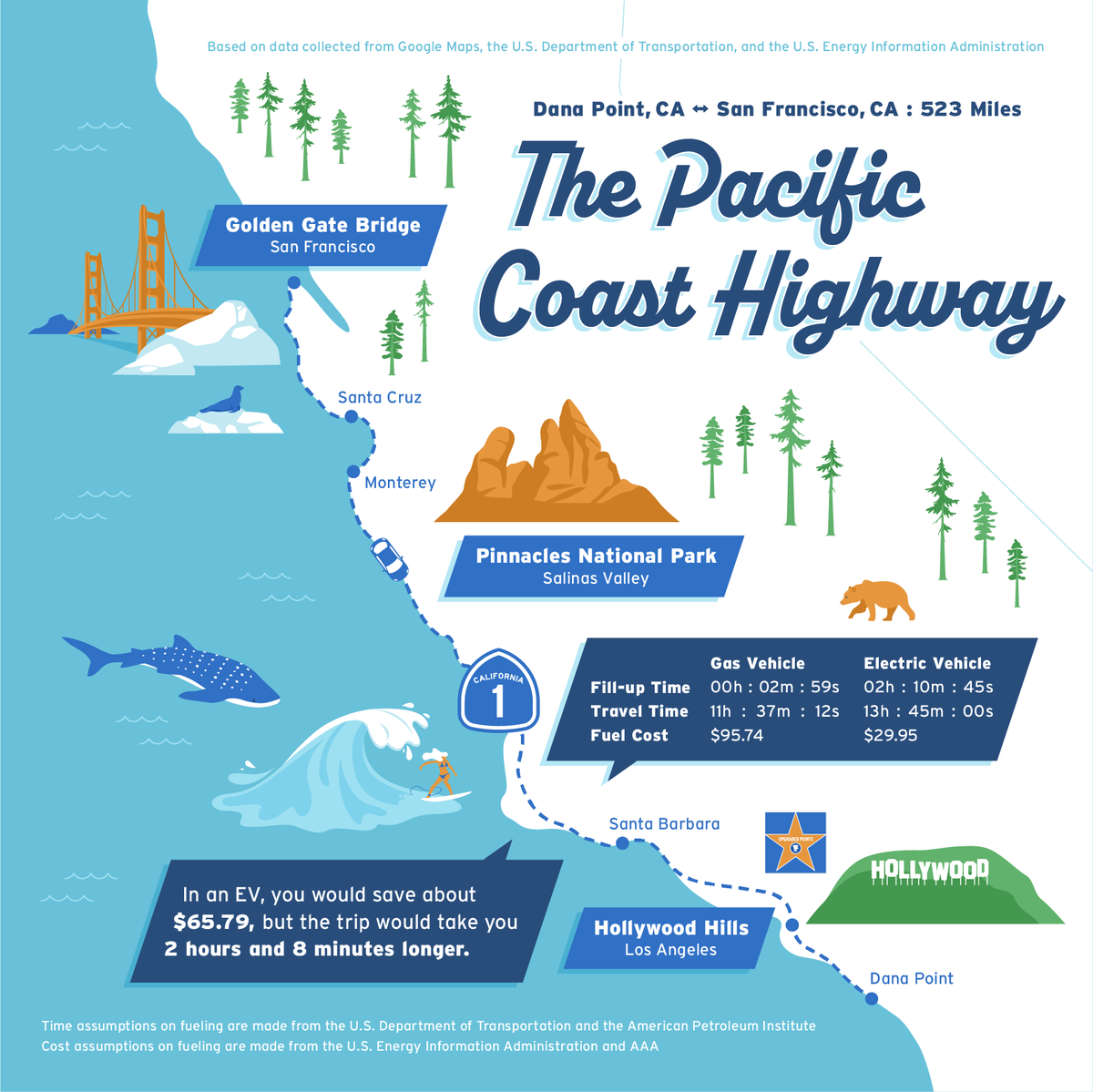
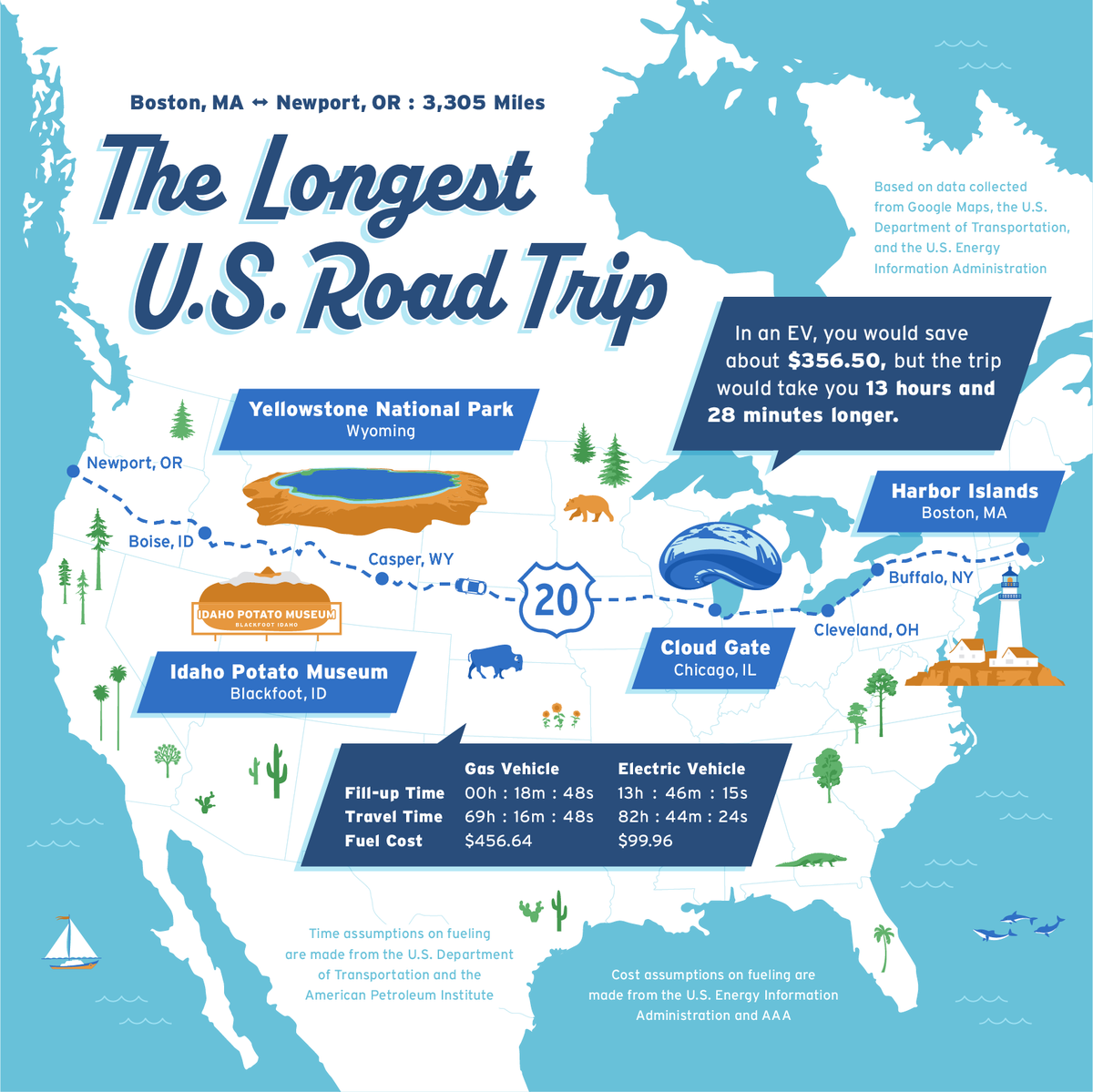
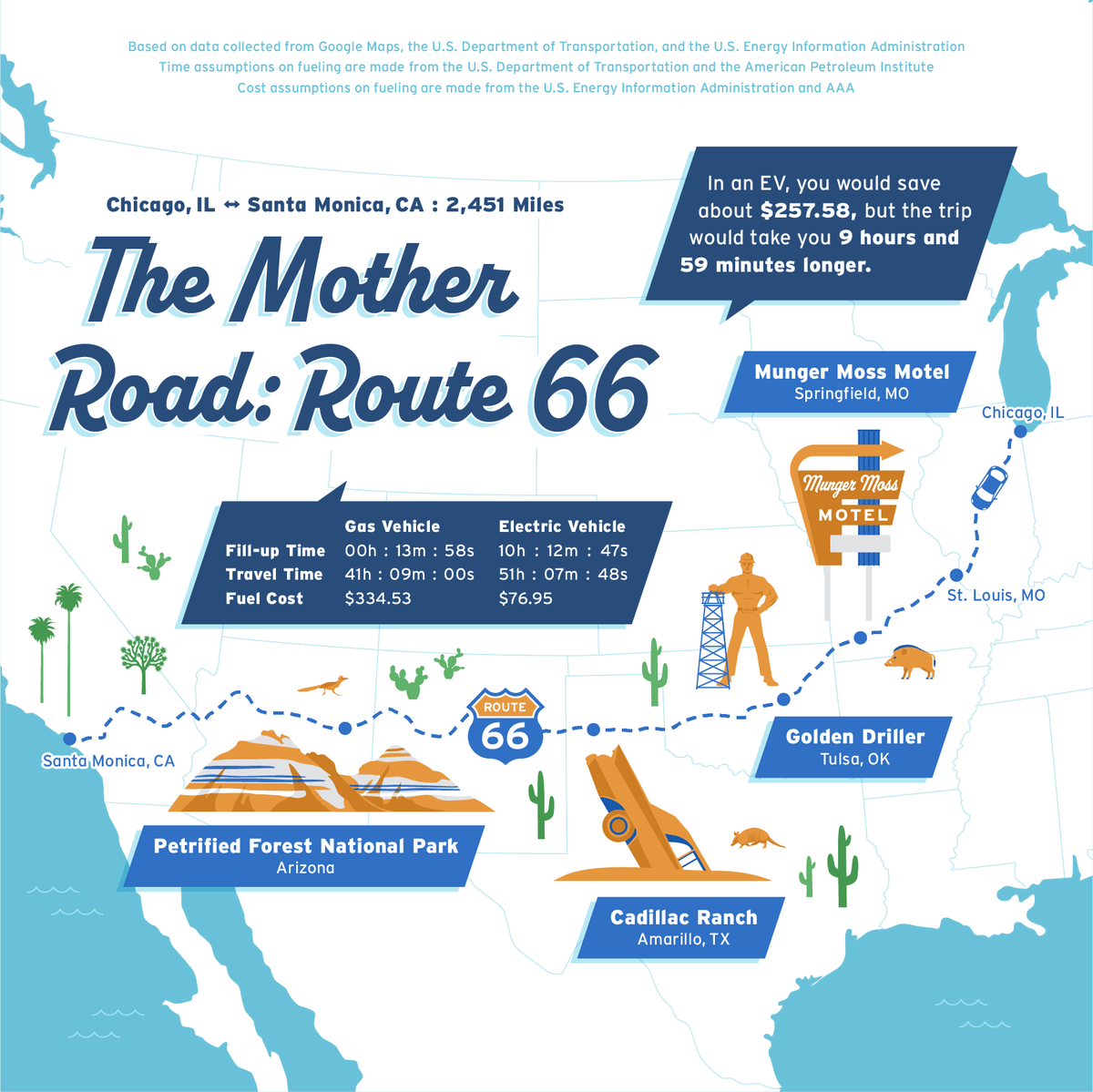
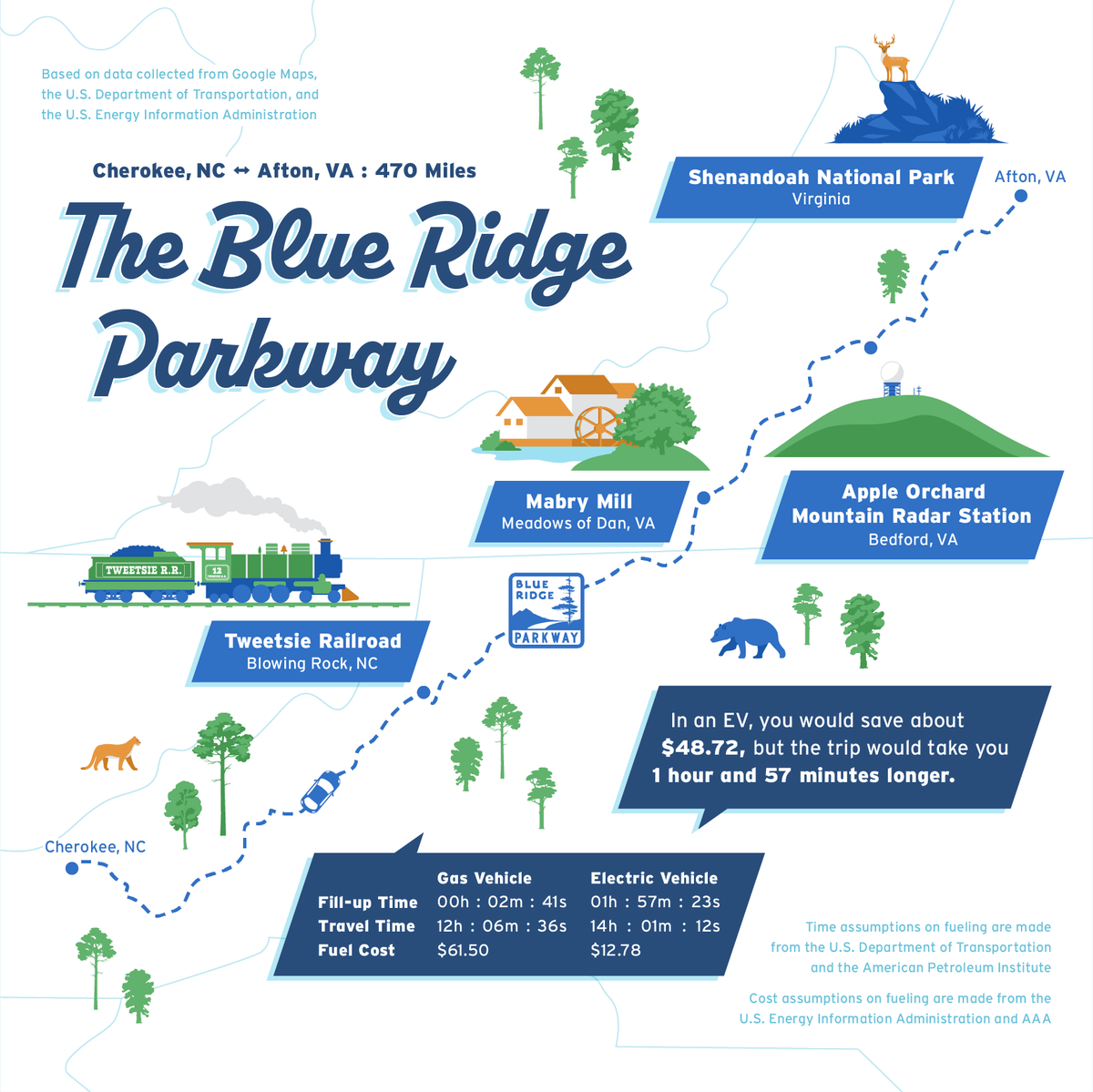
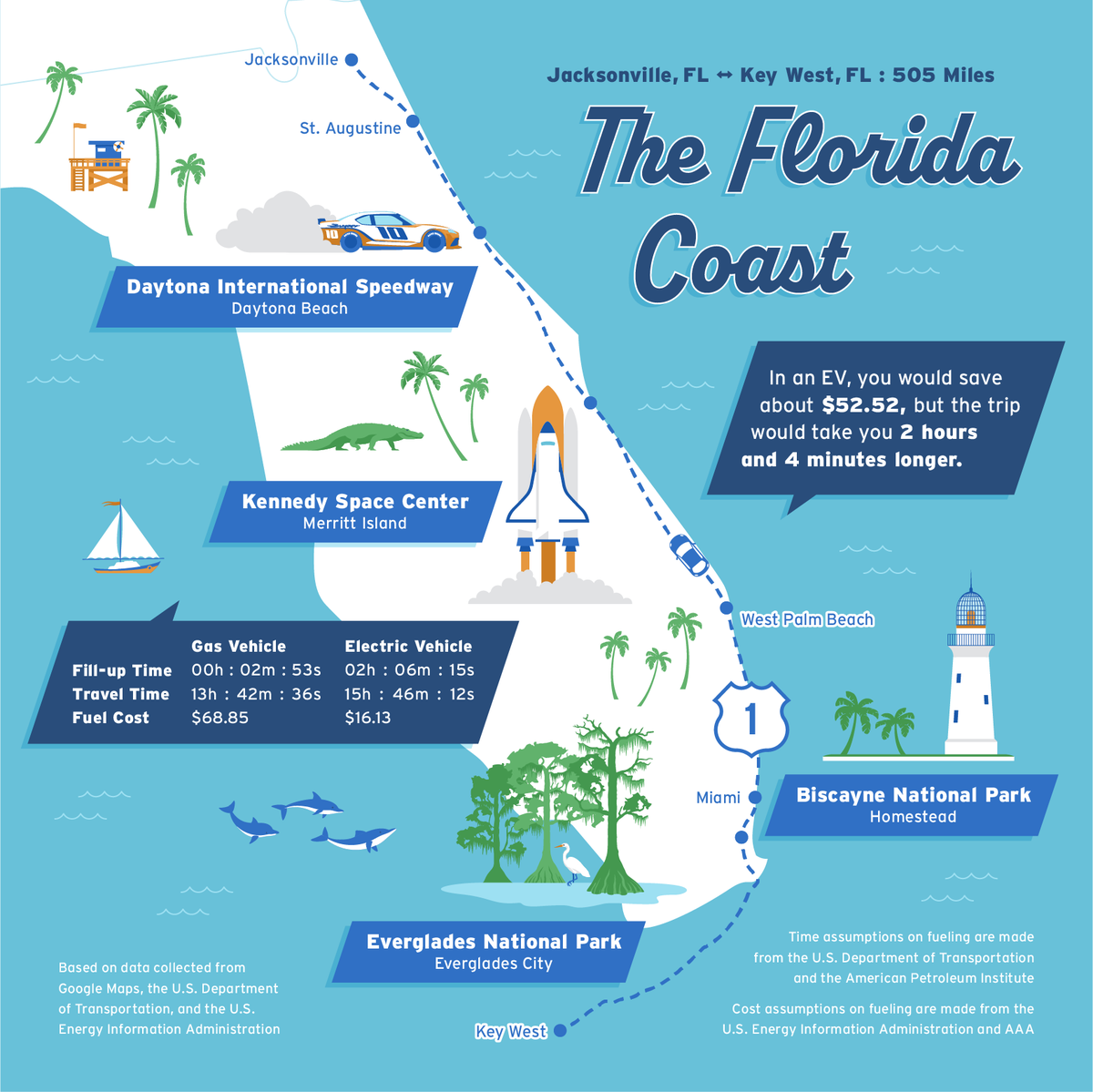
![The 10 Best Dash Cameras for Road Trips [2024]](https://upgradedpoints.com/wp-content/uploads/2022/08/dash-camera.jpeg?auto=webp&disable=upscale&width=1200)

![The 12 Best Travel Mugs for Camping, Road Trips & More [2024]](https://upgradedpoints.com/wp-content/uploads/2021/05/best-travel-mugs.jpeg?auto=webp&disable=upscale&width=1200)
![American Express Green Card — Full Review [2025]](https://upgradedpoints.com/wp-content/uploads/2018/03/American-Express-Green-Card.png?auto=webp&disable=upscale&width=1200)